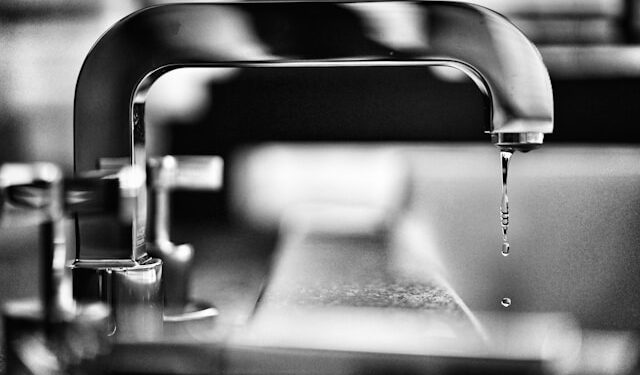Plumbing problems can be frustrating and costly if left unchecked. Fortunately, many common issues can be fixed with basic tools and a little know-how. Whether you have a leaky faucet, clogged drain, or running toilet, this guide will walk you through simple DIY plumbing repairs that can save you time and money.
When to DIY and When to Call a Plumber
Before diving into repairs, it’s essential to know when a plumbing issue is manageable on your own and when professional help is needed. Simple fixes like unclogging a drain, tightening a leaking pipe, or adjusting a toilet flapper are great DIY projects. However, for major leaks, sewer line issues, or water heater malfunctions, it’s best to call a licensed plumber.
Common Plumbing Issues and How to Fix Them
1. Leaky Faucet
A dripping faucet can waste gallons of water and increase your water bill. To fix it:
- Turn off the water supply.
- Remove the handle and unscrew the packing nut.
- Replace the worn-out washer or O-ring.
- Reassemble the faucet and turn the water back on.
2. Clogged Drain
Slow-draining sinks or showers are common household plumbing issues. Here’s how to fix them:
- Use a plunger to create suction and dislodge the clog.
- Pour a mixture of baking soda and vinegar down the drain, followed by hot water.
- Use a drain snake or wire hanger to remove hair or debris.
3. Running Toilet
A constantly running toilet can waste a significant amount of water. To fix it:
- Open the tank and check if the flapper is worn out. Replace it if necessary.
- Adjust the float to stop excess water from filling the tank.
- Ensure the chain connecting the flapper to the flush handle isn’t too tight or too loose.
4. Low Water Pressure
If your faucets are producing weak water flow, try these fixes:
- Clean the aerator by unscrewing it and removing any buildup.
- Check for leaks in the pipes, which could be reducing water pressure.
- If the issue persists, consult your water supplier, as it could be a municipal problem.
5. Jammed Garbage Disposal
A jammed garbage disposal can stop your sink from draining properly. Try these steps:
- Turn off the power to the disposal unit.
- Press the reset button at the bottom of the disposal.
- Use an Allen wrench to manually turn the blades and clear any obstructions.
6. Pipe Leaks
Small leaks can lead to bigger problems if not addressed. For a quick fix:
- Turn off the main water supply.
- Wrap plumber’s tape around the leak or apply epoxy for a temporary seal.
- Use a pipe clamp for extra security.
Essential Tools for DIY Plumbing Repairs
Having the right tools can make plumbing repairs easier. Some must-have tools include:
- Adjustable wrench
- Plunger
- Plumber’s tape
- Drain snake
- Pipe wrench
- Bucket and towels
Preventative Maintenance Tips
To avoid plumbing problems in the future, consider these maintenance tips:
- Regularly clean your drains to prevent clogs.
- Avoid pouring grease or food scraps down the sink.
- Check for leaks under sinks and around pipes.
- Insulate pipes in cold weather to prevent freezing.
Conclusion
Fixing minor plumbing issues on your own can save you money and prevent bigger problems. By following these DIY solutions, you can tackle common household plumbing repairs without calling a professional. However, if the problem persists or worsens, don’t hesitate to contact a plumber for expert assistance.





